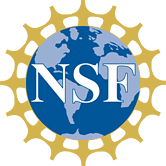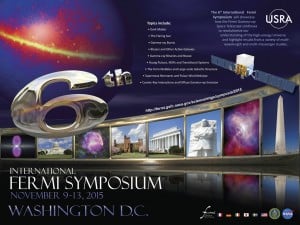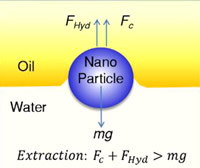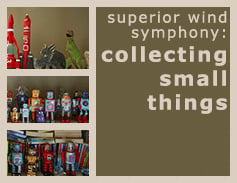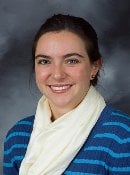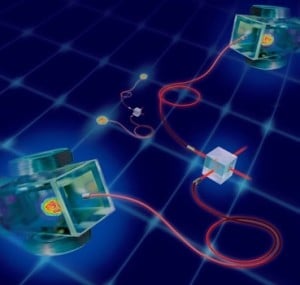
This course is a very elementary introduction to the concept of the photon and how it evolved since it was first introduced to solve the black body mystery. We will glance over Einstein’s contribution to developing the notion of the photon and and its statistical nature. Interestingly, Einstein later become a strong opponent to the very concept that he created. That will take us to his famous EPR (Einstein-Podolsky-Rosen) paper that declared quantum mechanics is incomplete. Moving ahead, we will study the ingenious work by John Bell who showed for the first time that the questions raised by Einstein can be tested experimentally. We will learn about some of these experiments and how the concept of photon entanglement was born. We will also discuss some interesting developments in the field, such as
and quantum communications.
Instructor: Ramy El-Ganainy
Course title: Quantum Optics for Huskies
Course credit: 1.0
Class time: Wednesdays 4:00 – 5:00 (subject to change later)
Course number: PH4999
Course description: An introduction to the concept of light quanta and its evolution over the past century; from black body radiation to photon entanglement and quantum communication.

